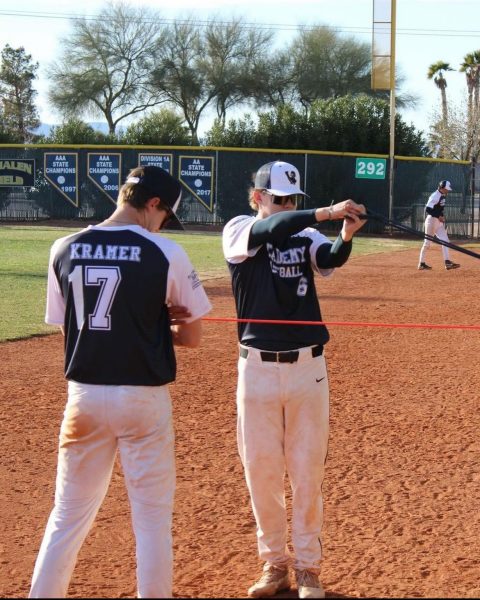Other Countries Find Immense Success Through Testing
Finals are approaching and students at high schools around the country are stressing out about their scores and final grades. Upperclassmen are also getting ready to take the SAT, ACT and other college admission tests. However, other countries test in different ways.
According to the Center on International Education Benchmarking (CIEB), some recent top performing countries in terms of education include Australia, the Netherlands, and Poland.
Australia’s assessment system is titled the National Assessment Program. Their NAPLAN (literacy and numeracy) assessment is taken annually through years 3, 5, 7, and 9. This assessment covers essential skills such as reading, writing, spelling and punctuation.
Australia also has students complete assessments covering science, civics, citizenship, and Information and Communications Technology (ICT) literacy every three years. These results afterward are presented to school and government officials and are posted publicly. Luckily for the students, Australia consistently performs above average in these areas, according to the 2009 PISA mean scores.
“Australia [is better than the US], they focus on communications and real-life subjects,” stated sophomore Ben Jordan.
The Netherlands has a much more unique schooling and assessment system. Through primary school, students have the choice to go to whichever school they desire, but secondary schools require students to apply to enter. The student’s secondary school applications are based on teacher recommendations and on performance on their primary departure exams, which are developed by the National Institute for Educational Measurement (Cito).
These exams are not mandated by the state, but 92% of students take the exam, as the majority of secondary schools require students to take the test.
Over 90% of students in the Netherlands complete secondary school, and leave with a qualification to move forward into college, vocational school and new careers.
“I mean that’s pretty easy to see [that The Netherlands is superior], but also I feel like there’s a much lazier initiative for getting good grades in America,” stated senior Jesse Nordeen.
Poland, meanwhile, has made several improvements in terms of education and scoring. In 2000, Poland ranked below average on all three assessed subjects. By 2012, Poland ranked top ten in science and reading and ranked 13th in mathematics.
An education reform occurred in 1999, abolishing an eight-year primary school system and a new exam system. Instead of an intense exam at age 14, students took an entrance exam into their preferred upper-secondary school type in lower secondary school. Diagnostic exams occurred at the end of primary school. This exam decides the student’s possibility for upper secondary school options, including academic, technical and vocational upper secondary schools.
“Based on the information given, the Polish assessment system is superior to the American system,” says junior Bailey Persson. Persson was referring the PISA mean scores from 2012.
Based off all the statistics and information derived from NCEE, there are several or more countries superior to the United States in terms of assessing their pupils and overall education. As many AAHS students already know, the American exam system includes the SAT and ACT, the scores for which are a large factor in students’ college admittance.
The worldwide average scores for reading, math, and science are 493, 496, and 501. The United States has scored 500, 487, and 502, respectively, meaning American results land just below and above average.
The Netherlands, on the other hand, scored 508, 526, and 522 in the same categories.
The American assessment system hasn’t necessarily failed, but other countries do perform better in comparison to the United States.
Does this mean American students aren’t studying enough, or are other countries’ curriculums more test-oriented?

Hello, I'm Peter, just another teenager attempting to get through high school. To be honest, I'm just another naive teenager and am no writing superpower...

















